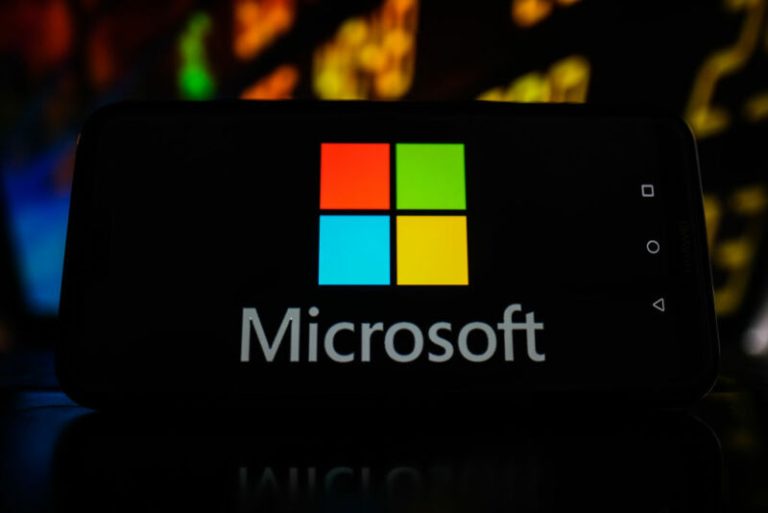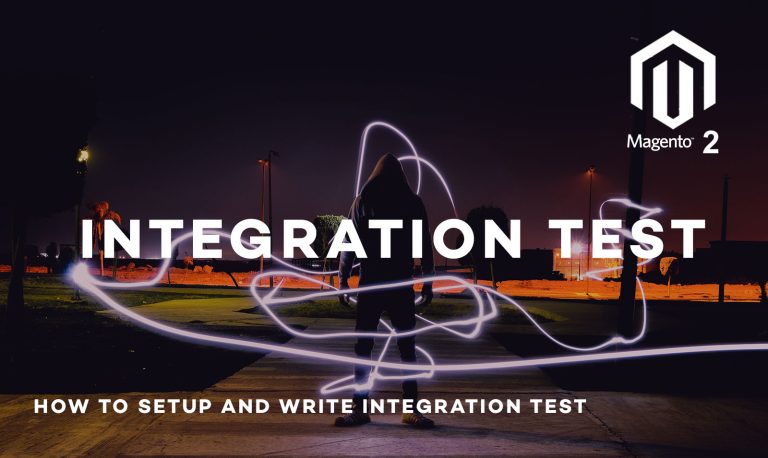
Ecommerce was an industry already in flux when the events of 2020 really turned things on their head. Here are just a few examples of the transformation unfolding in online retail right now:
- Ecommerce share of the retail market increased as much in the first half of 2020 as in the last 5 years. (Common Thread Collective)
- U.S. consumers broke records holiday shopping during Cyber 5, with online sales rising 20.6% year-over-year. (DigitalCommerce360)
- US ecommerce sales are projected to reach $794.50 billion this year, up 32.4% year-over-year. (eMarketer)
The numbers tell us what most of us already know — ecommerce is growing in a big way. The COVID pandemic and subsequent shutdowns or avoidance of brick and mortar stores pushed more shoppers online. And these trends are only expected to continue in the future. Data from Statista projects the ecommerce industry will have $6.5 billion in sales globally by 2023.
Government restrictions and buyer behaviors changing due to COVID meant that some companies had to pivot their strategies and look to exploit these new markets online. This has demonstrated to businesses how imperative it is to have the right technology platforms in place. One strategy that has helped some retailers be better prepared for rapid change in consumer demand during these unsettling times is headless commerce.
Modern systems that sit on the cloud, are API-centric and leverage headless commerce, as well as microservices, are now crucial for helping businesses adapt to current and future challenges. This technology enables businesses to quickly and easily change their UX (user experience) or CX (customer experience) at speed.
Read on to learn more about what headless commerce is and how it’s helping brands face today’s challenges and future-proof their businesses for whatever challenges come next.
What Is Headless Commerce?
Headless commerce falls under a microservices, API-led approach that is sometimes also referred to under the umbrella term composable commerce. The strategy means decoupling the customer-facing frontend — the head — from the shopping cart functionality and product and order management systems on the backend. For decades, the traditional ecommerce model has tied both of these systems together in all-in-one monoliths.
While it might seem less complicated to have one system that just does it all, in actuality monolith systems lead to more complexity. Some changes to the frontend can’t be accomplished without updating the backend, which means users may need more developer work. It also means updates are slower. Marketing teams wanting to make quick updates to the frontend to meet the fast-paced demands of modern ecommerce are slowed down.
For this reason, monolithic architecture is increasingly at odds with the needs of today’s businesses. As customers can buy on more devices than ever, omnichannel has become increasingly important, and technology needs to enable easy, fast customization. Today, customers expect to shop on different devices and platforms and still have a consistent, personalized experience. Meeting customers where, how, and when they want to shop is crucial. Using apps, mobile stores, wearable devices, websites, or social selling sites, consumers don’t want to be restricted in their product discoveries and content consumption. The digital environment needs to be able to provide for all of this.
Why Headless is a Key Solution for Future-Proofing Your Business
Because headless enables businesses to choose best-in-breed solutions that are tailored to their specific needs (and those of their customers), it solves many of the challenges businesses are currently facing. It can provide the types of digital experiences that customers are increasingly expecting. It can also make updating the site faster and easier. Marketing teams are empowered to make updates to the frontend without dealing with complicated backend changes.
The flexibility and freedom of choice inherent in this model allows you to choose from any number of front-end solutions. You can use a content management system (CMS) or digital experience platform (DXP) if you have a content-led or experience-led strategy. You can leverage a progressive web app (PWA) if your audience needs a native app like experience on mobile. You can get creative with an Internet of Things (IoT) technology or even a custom built solution that suits your unique use case.
This strategy is not only a fit for our current climate of fast pivots due to extenuating circumstances, but also a way to future-proof for what’s to come because it enables you to make changes quickly and efficiently. You can change frontends without having to migrate to a new ecommerce platform entirely. This is huge for staying nimble and preparing your business for any eventuality. No one predicted that ecommerce would explode in quite the way it did — or for quite the reasons it did — in 2020. Headless commerce can keep you ready for the unknown unknowns of the future.
How Headless Commerce Affects You
Now that you have an understanding of what headless is and why it is on the rise at the moment, the real question is: how does it affect you and your business opportunities specifically?
If you’re a decision maker in the ecommerce industry, it’s important to be aware of how seizing the headless opportunity can affect your role and the business outcomes you oversee. To get a clear picture of the value of headless for various C-Suite positions, download our ebook Headless Commerce for the C-Suite.






